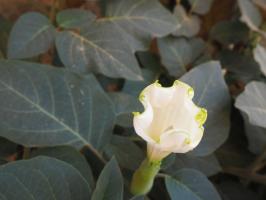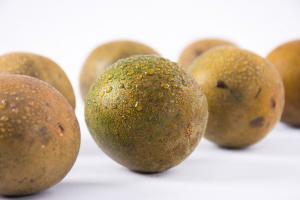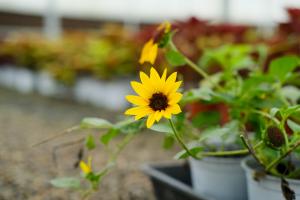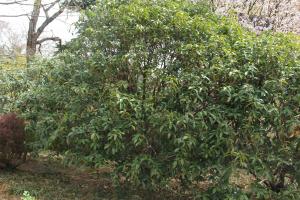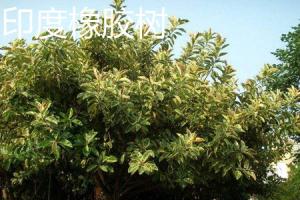1、 Curing method
1. Temperature: Marguerite flowers like warmth, preferably 20 to 25 degrees. In addition, it does not like high temperature. When it is very hot, its leaves will turn yellow or even fall off. Therefore, try not to be higher than 30 degrees. Also, its cold resistance is not very good, so try to stay above 10 degrees
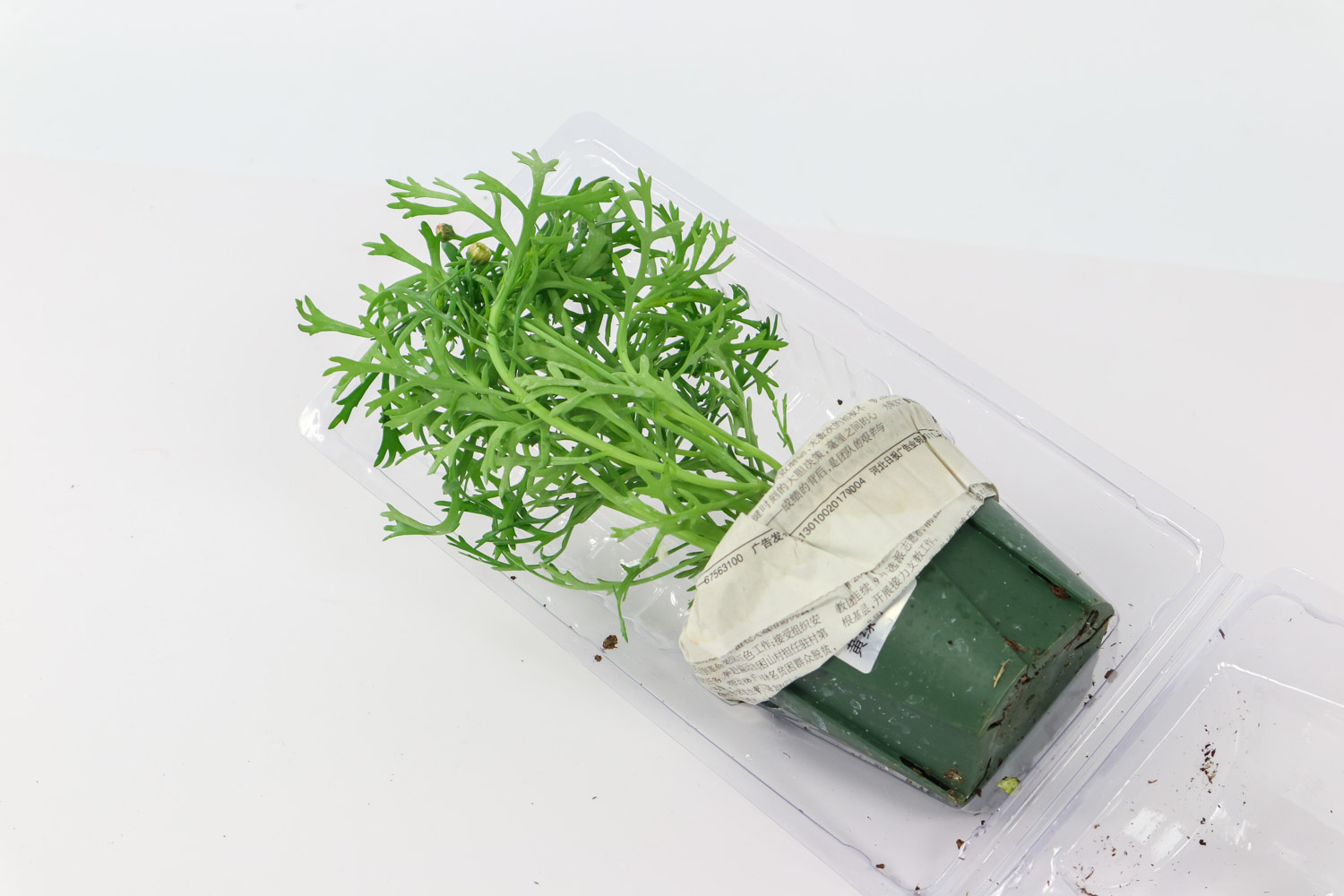
2. Light: Marguerite flower is a masculine plant. It can grow and blossom better if it provides sufficient light. However, too strong light should also be avoided as far as possible, otherwise the leaves will be burned
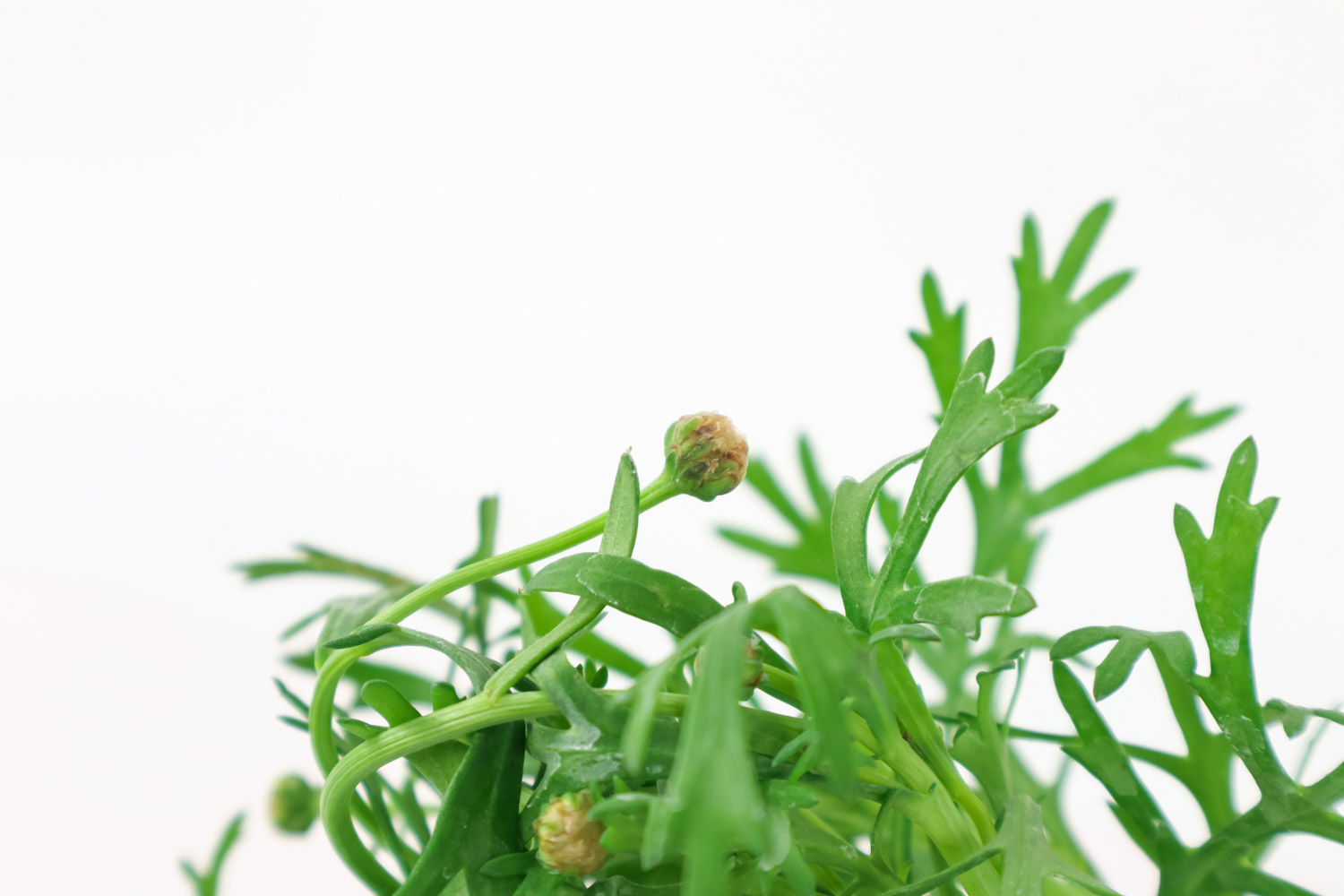
3. Watering: Marguerite flower is a plant that is very afraid of waterlogging. Ponding can't do it and will cause serious damage to it. Therefore, the soil can be semi wet at ordinary times. In addition, less watering is needed in winter, especially when the temperature is inappropriate
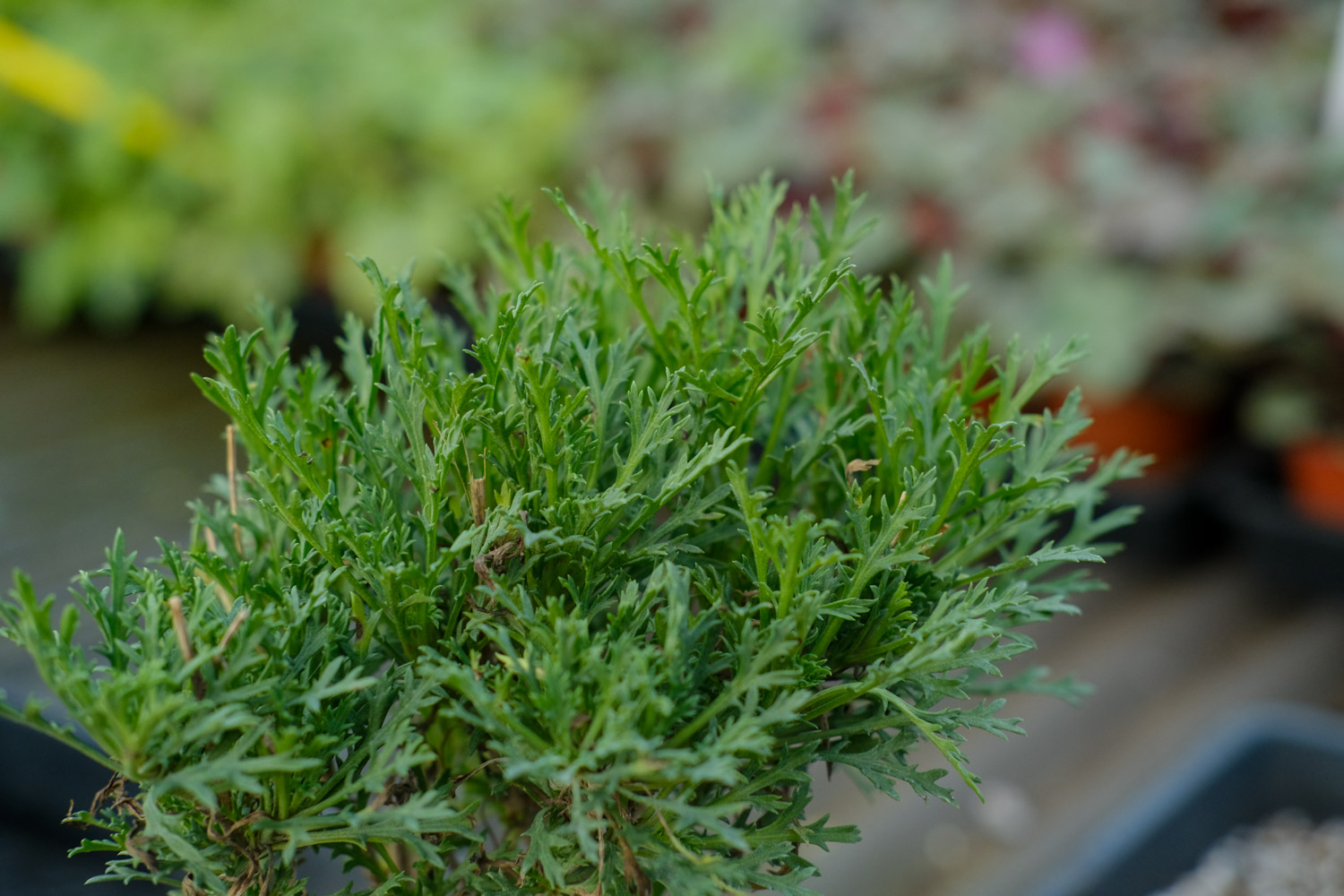
4. Fertilization: there is not much demand. Marguerite flowers have very good adaptability. Generally speaking, once a month or twice a month is OK. If it grows vigorously, it is OK not to apply fertilizer
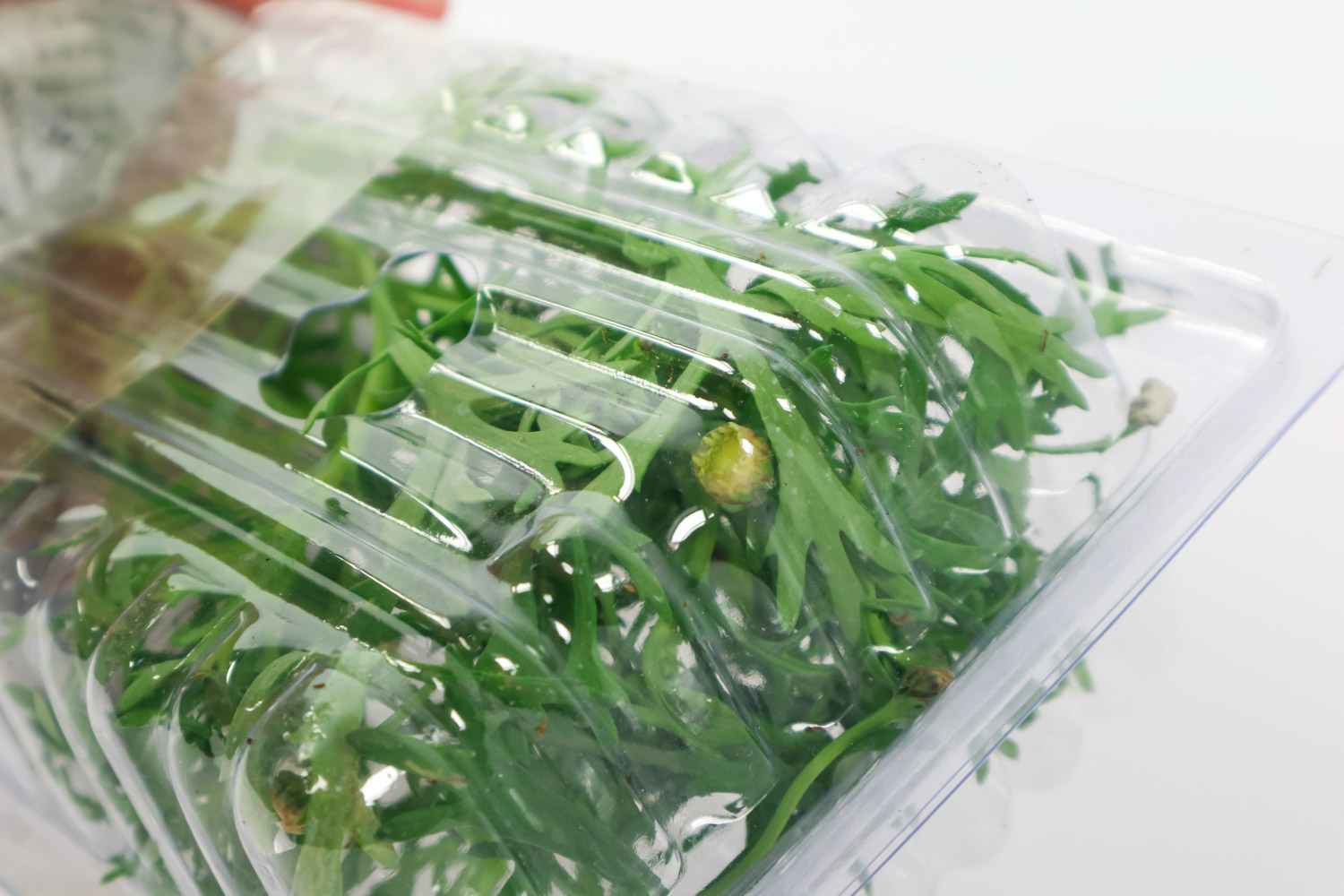
2、 Breeding skills
1. Propagation: Margaret propagation is very simple and has a high probability of success. She often propagates by cutting. Sandy soil, perlite and base fertilizer can be used as matrix. Select appropriate branches as cuttings. After insertion, try to keep the temperature between 15 and 22 degrees. However, be careful not to breed in the season of plum rain
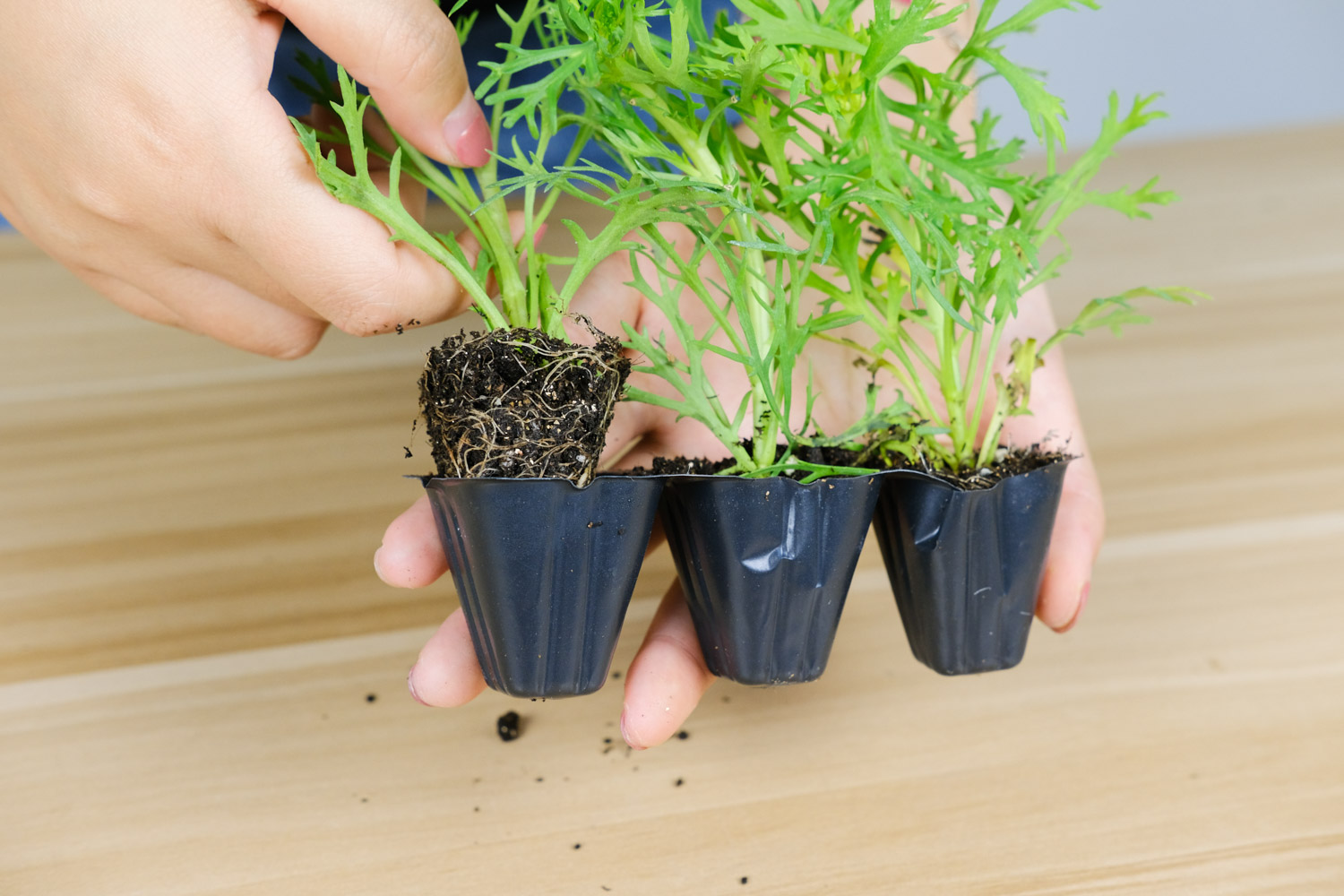
2. Pruning: the first is to prune its branches and leaves, mainly dense and bare branches. In addition, if it is used as an ornamental plant, its shape needs to be repaired. Moreover, after flowering, the residual branches and flowers need to be trimmed
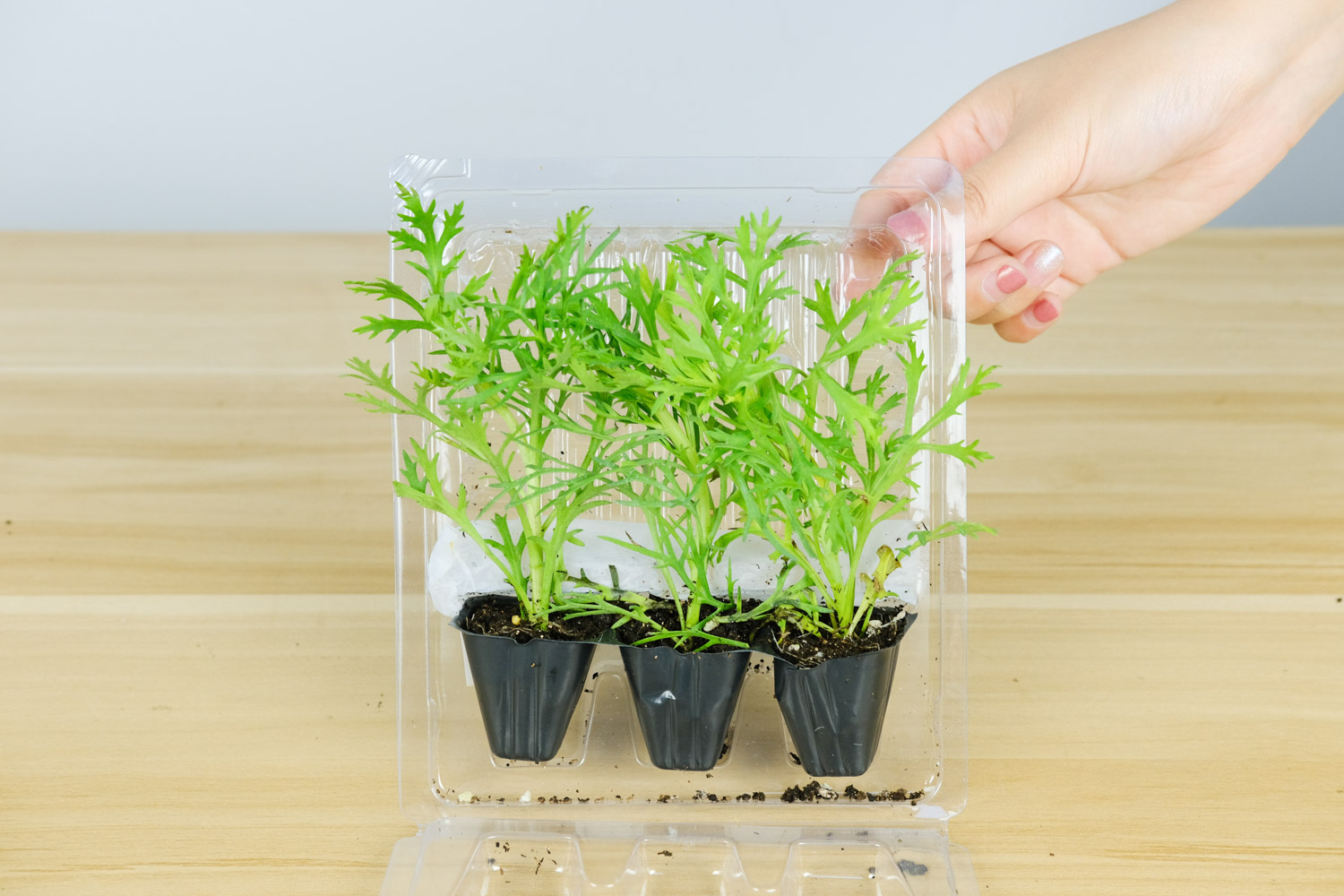
3、 Diagnosis and treatment problems
1. Disease: it often occurs "leaf blight", which mainly threatens the leaves, which is caused by bacteria and needs to be treated with chlorothalonil. It is also possible to attend the "powdery mildew", which is harmful to leaves and flowers to a certain extent. Chlorothalonil can also be used
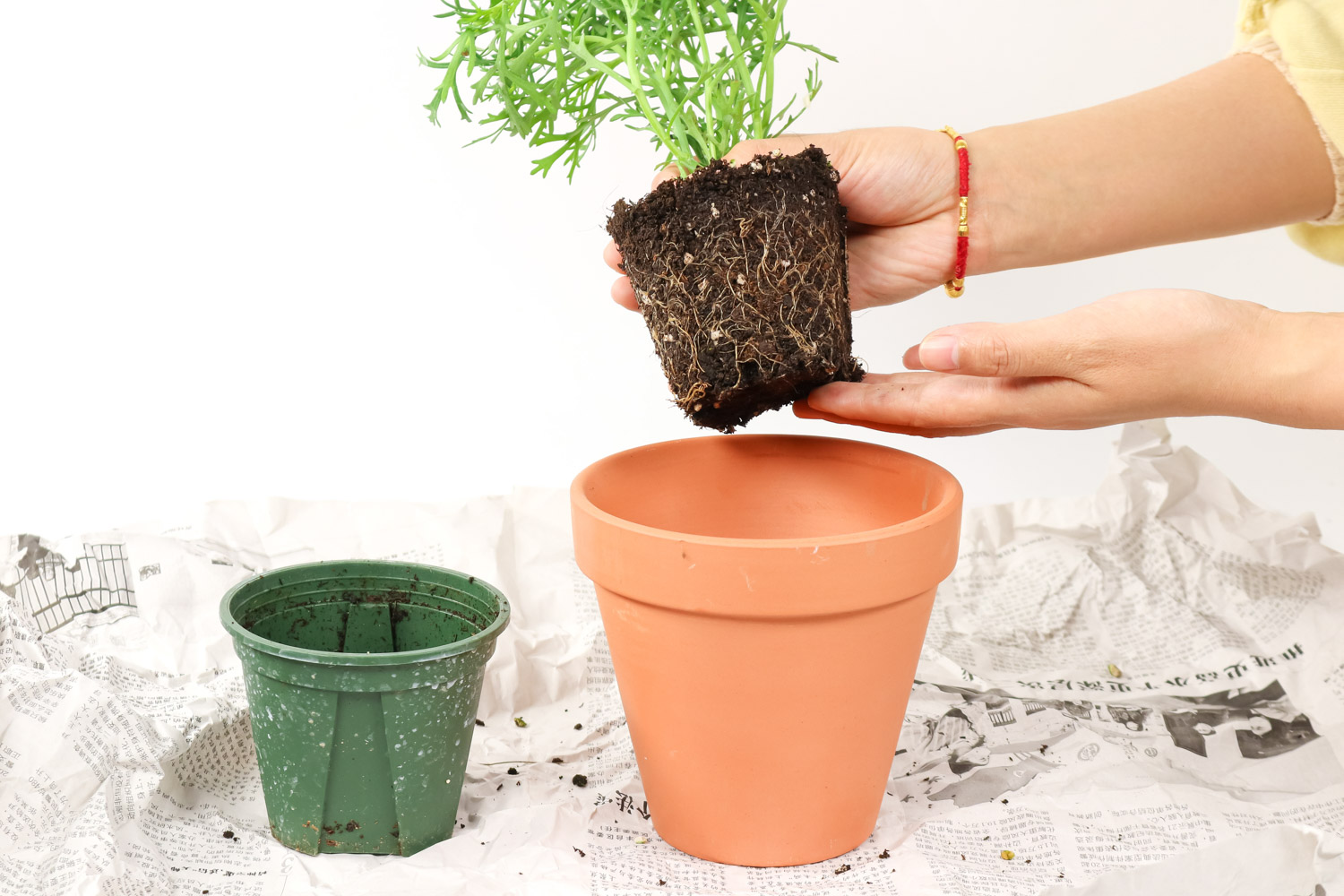
2. Insect pests: common are "aphids", with a very large reproduction. It can be prevented by smoking or spraying
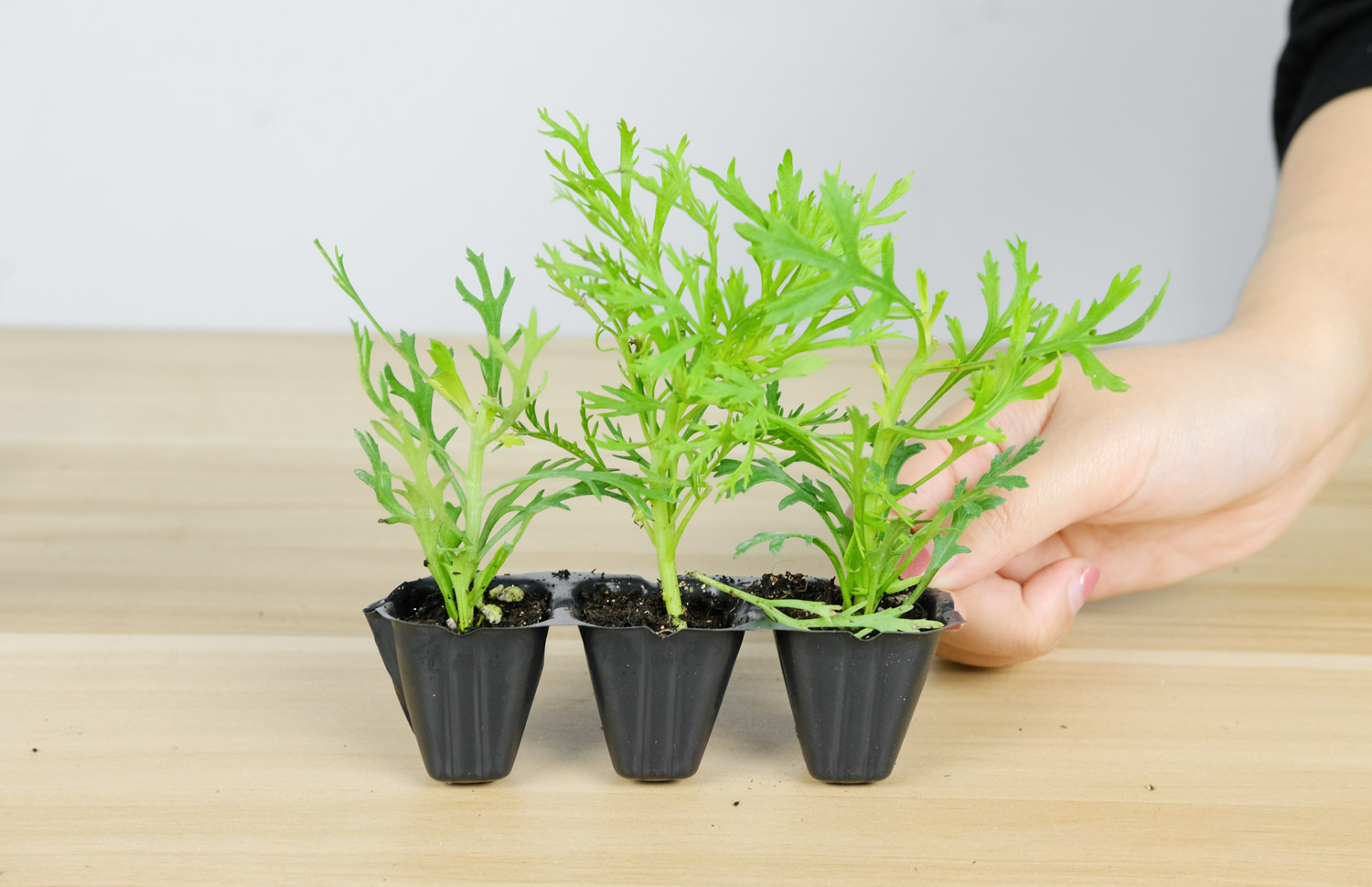
4、 Other issues
1. Toxicity: it is non-toxic. There is no record of its toxicity and no harm
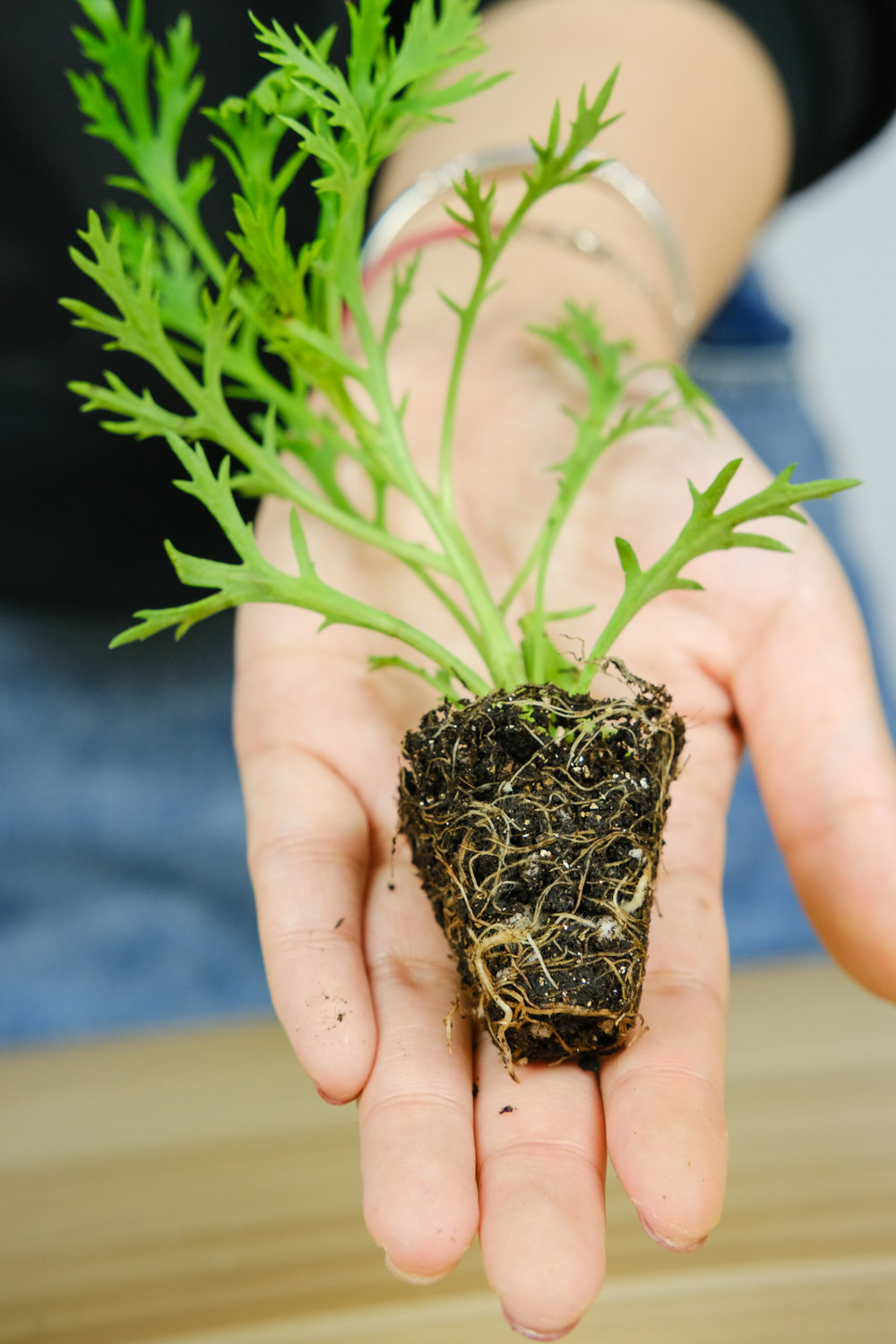
2. Flower language: there are many flower languages of Marguerite flowers, which are good moral meanings. There are mainly four, one is "expected love", one is "satisfaction", the third is "pride", and the last is "joy"
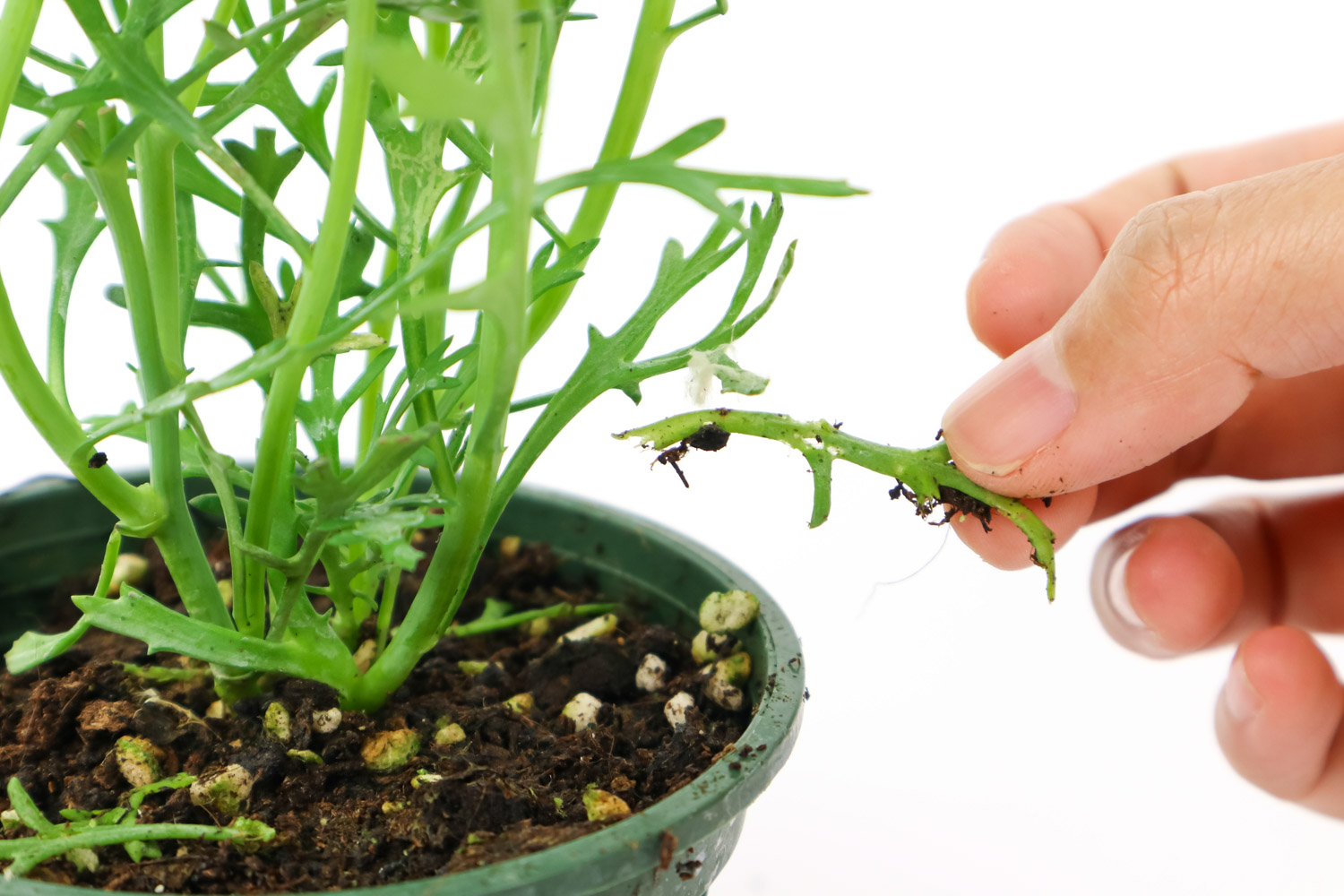

 jackfruit
jackfruit snake plant
snake plant hibiscus
hibiscus hydrangea
hydrangea lavender
lavender Green roses climb al...
Green roses climb al... If you don't pay att...
If you don't pay att... Management of four g...
Management of four g...

